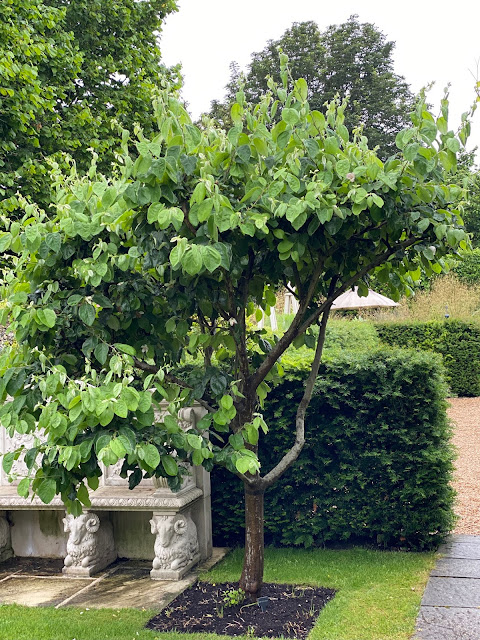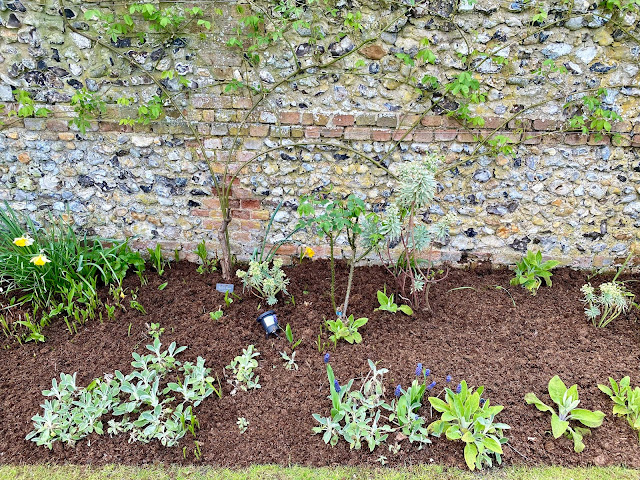I was delighted to receive a catalogue from
Cotswold Garden Flowers (Bob Brown) 2020 today. It's a real treat to read, for as well as finding a large choice of garden plants carefully described in the manner of the old Hiller catalogue, there is also some trenchant advice on how to buy plants and the things that can go wrong.
'Plants are propagated here (not bought in) and become available and sell out all year. We are not Tesco's'
'
Plants might be less than perfect. Youthful plants from a mass-producer would be fresh, disease-free, shapely and have flower buds just about to burst. But they're not from the real world and not used to life in the garden. Real plants are like organic vegetables used to be, They might look less than perfect but are likely to be better garden plants in the long run'.
'
Plants succumb to disease quickly. They are probably not from the real world. They will have been grown soft, sprayed and subjected to a precise watering regime. Gardens are harsh environments. I have the knowledge to avoid buying plants like these, but if I did buy them I would recognise their perfection and harden them off slowly before planting them out. We don't sell these'.
'These are bomb-proof plants, suitable for neglectful gardeners'
'Why do the biggest and most vigorous plants always seem to end up planted by the path?'
'Never be sheep-led by a photographer'
In the descriptions too, there are also some wonderfully idiosyncratic asides, such as
Aeonium Goochiae 'Ballerina' - 'Miss Piggy in a tutu'
Allium Spherosephalum AGM - 'Loved by bees, butterflies and me'
Crytanthus Elatus AGM 'Known as the 'Scunthorpe Lily' by the callous'
Lonicera x Purpurii 'Winter Beauty' AGM - 'When it gets too big, raze it to the ground.'
Pachyphragma Macrophyllum - 'Never was such a pretty and welcome shrub damned by its name more'
Paeonia Lactiflora 'Duchesse de Nemours' - 'Classy, unlike the town.'
Penstemon Rubicundus - 'Brashness in November is very welcome'
Rosa Banksiae Lutea AGM - 'Flowers Apr-June that begin to appear when the plant is verbally threatened'
Sambucus Nigra f. Viridis - 'Can be eaten straight from the tree but some people may react to the cyanide by vomiting'
Stipa Tenuissima - 'The 'Andrex' of the grasses'
Viola Mandshurica 'Fuji Dawn' - Dubbed here 'The Scary Violet'
Thalictrum Flavium subsp. Glaucum 'Ruth Lyden-Bell - ' So tough and enduring that it has survived even in my sister-in-law's garden for many years'
....and probably many more that I have missed!








































